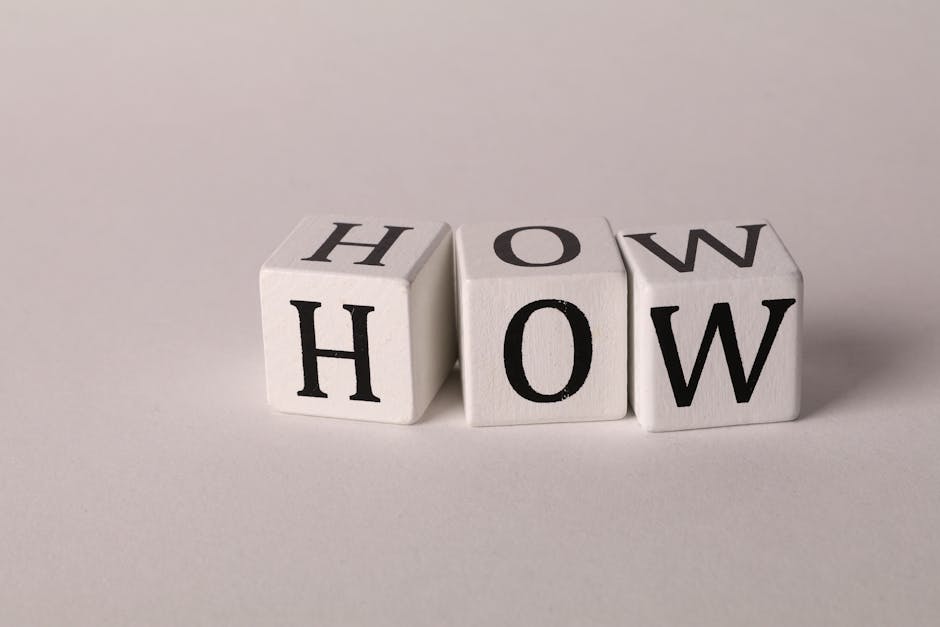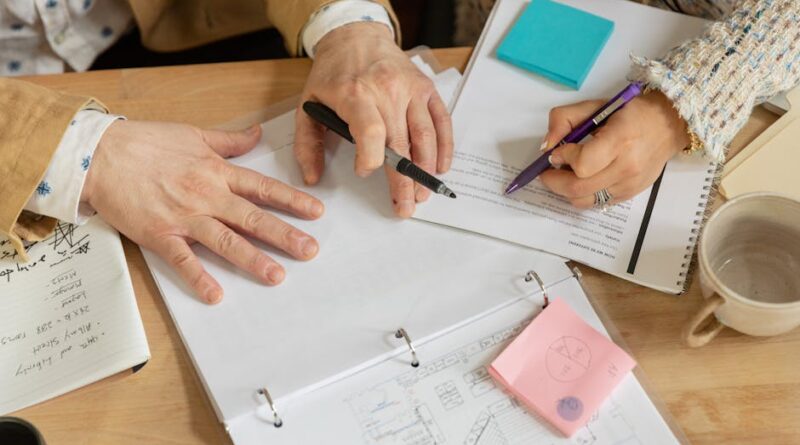Mastering the Art of Writing Effective Grant Proposals
Securing funding through grant proposals is a crucial skill for organizations and individuals looking to make a positive impact in their communities. Crafting a compelling grant proposal requires a combination of research, strategic thinking, and persuasive writing. In this comprehensive guide, we will delve into the intricacies of writing effective grant proposals, exploring key principles, best practices, and common pitfalls to avoid. Whether you’re a seasoned grant writer or a novice looking to improve your skills, this article will provide you with valuable insights to enhance your grant writing abilities.
The Anatomy of a Grant Proposal
Before diving into the specifics of writing a grant proposal, it’s essential to understand the basic structure and components that make up a successful proposal. A typical grant proposal consists of the following key elements:
1. Executive Summary
The executive summary serves as a snapshot of your proposal, providing a concise overview of the project, its objectives, and the amount of funding requested. It should grab the reader’s attention and highlight the significance of the project in a compelling manner.
2. Introduction
The introduction sets the stage for the rest of the proposal, introducing the organization or individual seeking funding, and providing context for the project. It should clearly articulate the problem or need that the project aims to address.
3. Project Description
This section outlines the details of the project, including its goals, objectives, methodology, timeline, and expected outcomes. It should be well-structured and clearly communicate the project’s potential impact.
4. Budget
The budget section is a critical component of the grant proposal, detailing the costs associated with the project and the amount of funding requested. It should be realistic, transparent, and aligned with the project’s objectives.
5. Evaluation Plan
The evaluation plan outlines how the project’s success will be measured and assessed. It should include specific metrics, indicators, and methods for evaluating the project’s outcomes and impact.
6. Sustainability Plan
The sustainability plan addresses how the project will be sustained beyond the grant period. It should demonstrate long-term viability and outline strategies for securing ongoing funding or support.
Research and Preparation

Before you start writing your grant proposal, it’s crucial to conduct thorough research and preparation to ensure that your proposal is well-informed and targeted. Here are some key steps to consider:
1. Identify Funding Opportunities
Start by researching potential funding sources that align with your project’s goals and objectives. Look for grant opportunities from government agencies, foundations, corporations, and other organizations that support projects in your area of work.
2. Read the Guidelines Carefully
Once you’ve identified a potential funding opportunity, carefully review the grant guidelines and instructions. Pay close attention to the eligibility criteria, funding priorities, application requirements, and deadlines.
3. Develop a Clear Project Plan
Before writing your grant proposal, develop a clear and detailed project plan that outlines the goals, objectives, activities, timeline, and budget of the project. Having a well-defined project plan will help you articulate your ideas more effectively in the proposal.
4. Gather Supporting Documents
Assemble any supporting documents or materials that may be required for the grant application, such as letters of support, resumes of key personnel, organizational budgets, and other relevant information. Make sure to have these documents ready before you start writing your proposal.
Writing the Grant Proposal

With your research and preparation in place, it’s time to start writing your grant proposal. Here are some key tips to keep in mind as you craft your proposal:
1. Tailor Your Proposal to the Funder
Customize your grant proposal to fit the specific requirements and priorities of the funder. Tailoring your proposal shows that you’ve done your homework and are serious about securing funding for your project.
2. Be Clear and Concise
Use clear and concise language to communicate your ideas effectively. Avoid jargon and technical terms that may be unfamiliar to the reader. Keep your sentences and paragraphs short and to the point.
3. Highlight the Impact
Emphasize the potential impact and outcomes of your project. Clearly articulate how the project will address a pressing need or problem, and how it will benefit the target population or community.
4. Provide Evidence and Data
Back up your claims with evidence and data to support the feasibility and effectiveness of your project. Use statistics, research studies, and case examples to demonstrate the need for your project and the potential for positive outcomes.
5. Follow the Guidelines
Adhere to the grant guidelines and instructions provided by the funder. Make sure to meet all the formatting, length, and submission requirements, and submit your proposal by the specified deadline.
6. Get Feedback
Before submitting your grant proposal, seek feedback from colleagues, mentors, or grant writing experts. Ask for their input on the clarity, coherence, and persuasiveness of your proposal, and make revisions based on their feedback.
Expert Opinions

According to grant writing expert, Dr. Jane Doe, “Writing an effective grant proposal requires a combination of creativity, strategic thinking, and attention to detail. It’s important to clearly articulate the significance of your project and make a compelling case for why it deserves funding.”
In a recent survey of grant funders, 90% indicated that they prefer grant proposals that are well-researched, focused, and clearly written. Funders also value proposals that demonstrate a strong plan for evaluation and sustainability.
Common Misconceptions
One common misconception about grant writing is that it’s all about asking for money. In reality, a successful grant proposal is more than just a funding request it’s a strategic document that outlines a compelling project with clear goals, objectives, and outcomes.
Another misconception is that grant writing is a one-size-fits-all process. In fact, each grant proposal should be tailored to the specific requirements and priorities of the funder, taking into account their areas of interest, funding priorities, and evaluation criteria.
Conclusion
In conclusion, writing an effective grant proposal is a challenging but rewarding endeavor that requires careful planning, research, and persuasive writing. By following the key principles and best practices outlined in this guide, you can enhance your grant writing skills and increase your chances of securing funding for your projects.
Remember to tailor your proposal to the funder, be clear and concise in your writing, highlight the impact of your project, provide evidence and data to support your claims, and follow the grant guidelines closely. With dedication and perseverance, you can master the art of writing effective grant proposals and make a meaningful difference in your community.
To wrap things up, grant writing is both an art and a science a blend of creativity and strategy that requires attention to detail and a deep understanding of the funding landscape. By honing your grant writing skills and staying informed about current trends and best practices, you can position yourself for success in securing funding for your projects.




